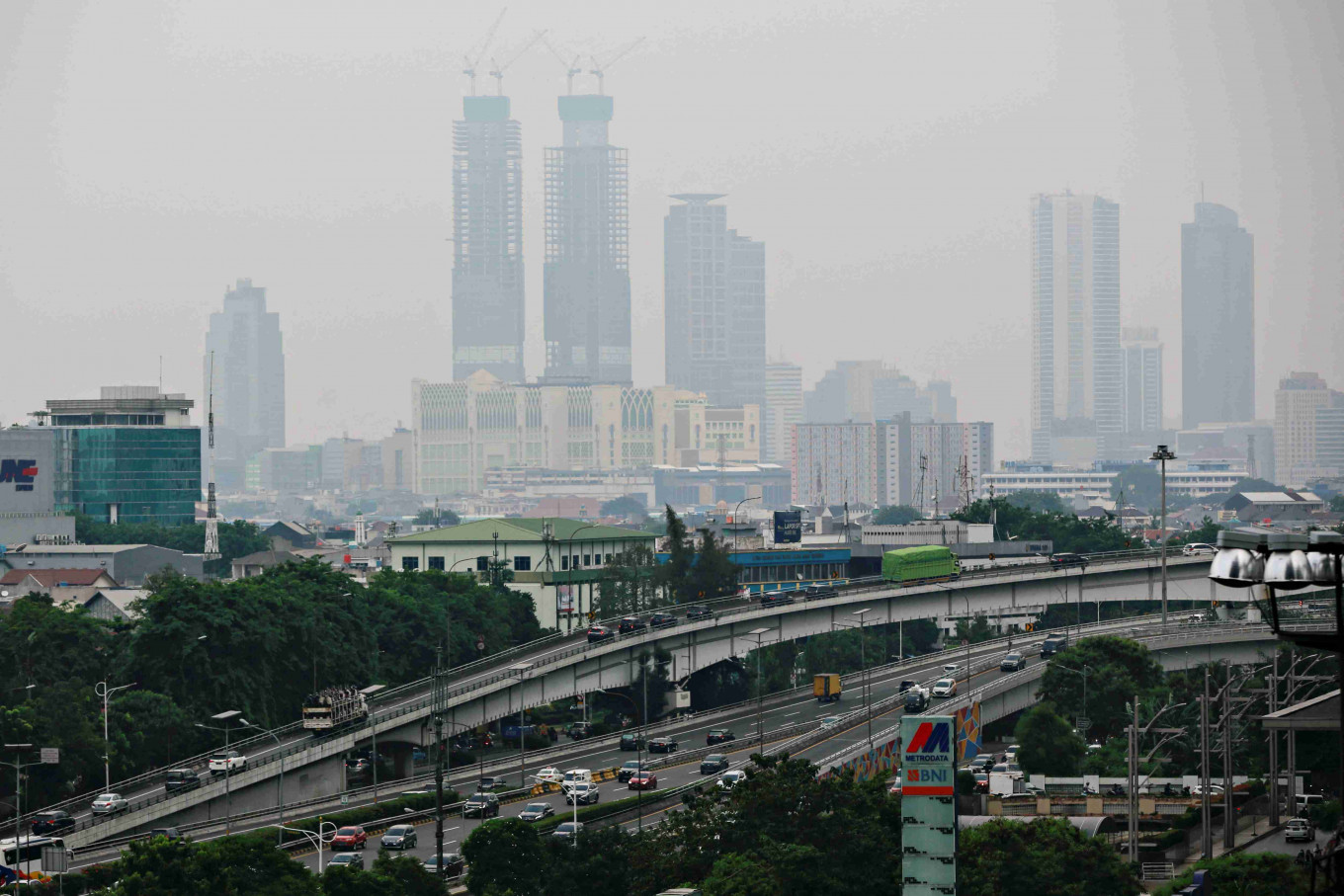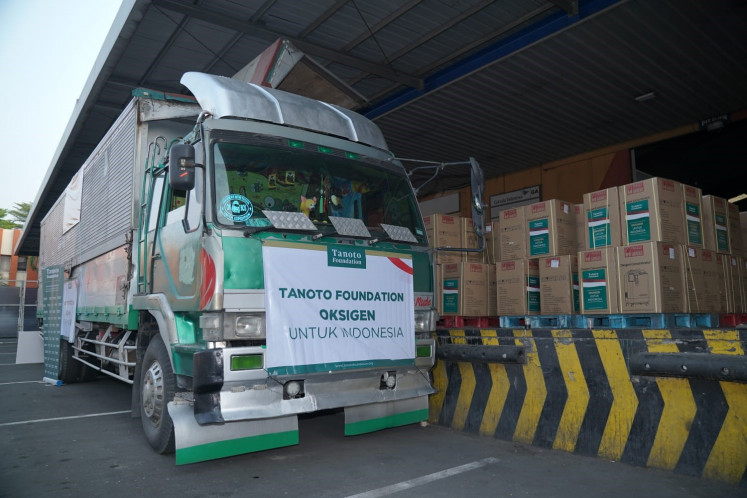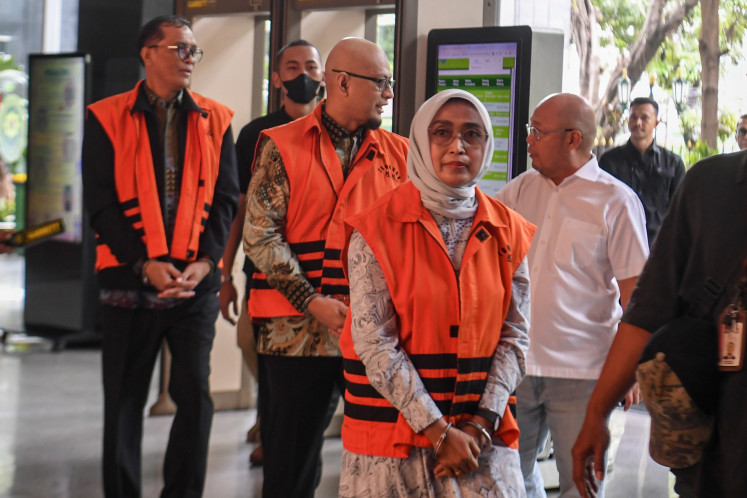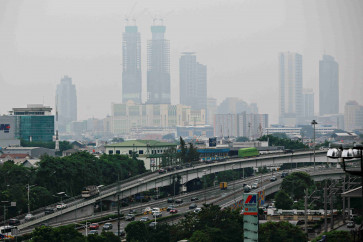Popular Reads
Top Results
Can't find what you're looking for?
View all search resultsPopular Reads
Top Results
Can't find what you're looking for?
View all search resultsHow facility management can drive green transition
Inefficient energy use in buildings represents a substantial obstacle toward national climate objectives, thus underlining the importance of effective facility management.
Change text size
Gift Premium Articles
to Anyone
I
ndonesia has pledged to reach net zero emissions by 2060 or earlier, as outlined in the long-term strategy submitted to the United Nations Framework on Climate Change (UNFCCC).
The target set by the current administration is tied not only to climate action, but also toward reaching Indonesia’s broader development goals, mainly its vision of becoming a high-income nation by 2045.
However, reaching these goals will take more than bold promises. Collective action is needed from all sectors, including our buildings: offices, factories, hospitals, schools and shopping centers, all of which account for nearly 23 percent of the country’s energy use (as per 2021) and this is projected to rise to around 40 percent by 2030. Inefficient energy use in these spaces represent a substantial obstacle toward national climate objectives, thus underlining the importance of effective facility management.
The government’s national energy plan is calling for the reduction of energy consumption by 17 percent by 2025 and nearly 40 percent by 2050 from current figures. As major energy users, buildings must play a key role in meeting these targets.
Research from the International Energy Agency has shown that technologies such as digital sensors, predictive maintenance and data-driven energy systems can help reduce energy use in buildings by 20-40 percent, while advanced building management systems can cut up to 30 percent in operational costs through real-time monitoring and automation. Such measures include optimizing air conditioning systems based on occupancy, which helps buildings become more energy efficient and actively encourages green transition.
With Indonesia’s total energy consumption currently reaching the equivalent of 324 million tonnes of oil in 2024, rising at nearly 10 percent per year, the urgency for facility-level action could not be clearer.
Facility management delivers tangible, everyday benefits across industries by weaving sustainability into core operations. In manufacturing, for example, it can optimize energy use, ensure compliance with environmental standards and implement predictive maintenance that minimizes downtime and costs, all of which are key in enhancing Indonesia’s global competitiveness amid its industrial growth.



















